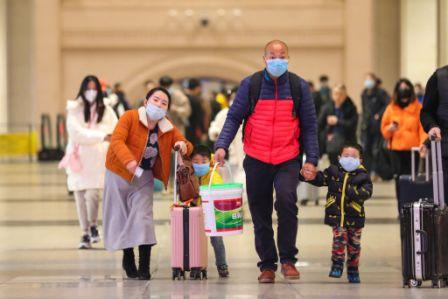
Up to 20% of U.S. children infected by the novel coronavirus require hospitalization, with infants under age 1 most likely to be in that group, according to the government’s first in-depth analysis of the disease in the youngest patient population.
Compared with adults, children infected with the coronavirus are less likely to have symptoms and more likely to have a mild illness, the U.S. Centers for Disease Control and Prevention’s (CDC) analysis also found.
That confirms published studies from China, where the virus originated, suggesting the illness known as COVID-19 might be overlooked in children even as they are spreading it to adults.
Although children under age 18 make up 22% of the U.S. population, they accounted for only 1.7% of the 149,082 confirmed COVID-19 cases for which the patient’s age was known, researchers wrote in the CDC’s Morbidity and Mortality Weekly Report.
Up to 2% of infected children required intensive care unit admission, the analysis found.
The rates for children are significantly lower than for adults under age 65, up to a third of whom require hospitalization, with up to 4.5% needing intensive care.
CDC researchers emphasize the findings are still based on incomplete data, as most cases lacked information on disease symptoms, severity or patients’ underlying conditions.
Despite the limitations, the data show COVID-19 may be producing different symptoms in the young.
While 56% of children for whom data was available had fever, the rate was 71% in adults. Cough was a symptom in 54% of kids versus 80% of adults. Shortness of breath developed in 13% of those under 18 versus 43% of adults under age 65.
Muscle aches and pains, sore throat, headache, and diarrhea were also less common in children.
One child who tested positive for the disease had no symptoms at all. Three infected children have died.
More than 355,000 people in the United States have tested positive for the disease, with coronavirus-related deaths crossing the 10,000 mark on Monday.
Among all the 2,572 cases in U.S. children through April 2, 33% were in New York City, 23% were from the rest of New York, 15% were in New Jersey and 29% were from the rest of the country.
Source: Reuters
 FR
FR EN
EN AR
AR








